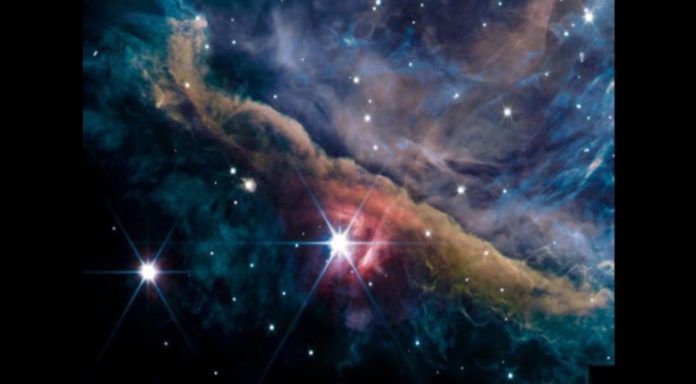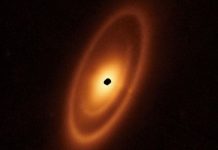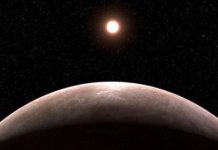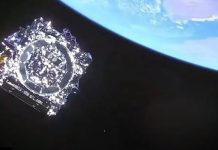
Sept. 13 (UPI) — The James Webb Space Telescope has captured the most detailed, sharp and “breathtaking” images to date inside the Orion Nebula, shedding light on how stars and planetary systems inside the Milky Way formed more than 4.5 billion years ago.
“We are blown away by the breathtaking images of the Orion Nebula,” Els Peeters, Western University astrophysicist said Monday about the newly-released images. “We started this project in 2017, so we have been waiting more than five years to get these data.”
“These new observations allow us to better understand how massive stars transform gas and dust cloud in which they are born,” Peeters said.
The clear images showing the environment of stellar nurseries, like the Orion Nebula which is 1,350 light-years away from Earth, allow scientists to study what happened during the first million years of our planetary evolution.
Stellar nurseries are typically obscured by large amounts of stardust making it impossible to see what is happening inside with the Hubble Space Telescope. The recent images from Webb show the infrared light of the Orion constellation, which allows observers to see through the layers of dust.
“Observing the Orion Nebula was a challenge because it is very bright for Webb’s unprecedented sensitive instruments,” said scientist Olivier Berne of the French National Center for Scientific Research. “But Webb is incredible. Webb can observe distant and faint galaxies, as well as Jupiter and Orion, which are some of the brightest sources in the infrared sky.”
The Webb telescope began operating in July and has captured numerous detailed images, including the most distant star known to exist in the universe, the Phantom Galaxy, as well as two new images of Jupiter.
Webb’s latest photos reveal numerous structures inside the nebula, down to scales comparable to the size of the Solar System.
“We have never been able to see the intricate fine details of how interstellar matter is structured in these environments, and to figure out how planetary systems can form in the presence of this harsh radiation,” said Emilie Habart, Institute d’Astrophysique Spatiale associate professor. “These images reveal the heritage of the interstellar medium in planetary systems,” she said.
The images will be studied by an international team of more than 100 scientists in 18 countries, known as PDRs4All.
“Seeing these first images of the Orion Nebula is just the beginning. The PDRs4All team is working hard to analyze the Orion data and we expect new discoveries about these early phases of the formation of stellar systems,” said Habart. “We are excited to be part of Webb’s journey of discoveries.”





